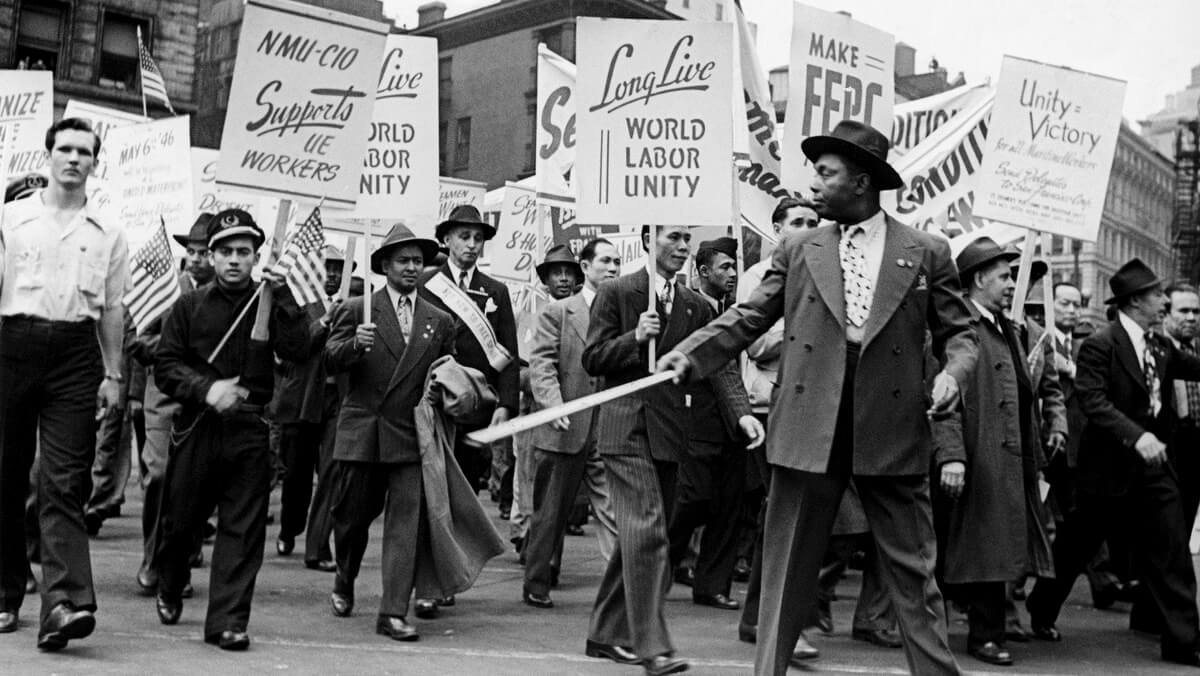
Work Accommodations under the ADA and the FEHA
Key Takeaways:
An employer is obligated to try and accommodate a disabled employee.
Your employer cannot change the essential functions of your job in an effort to make accommodating you impossible.
You may be entitled to more than the “standard” 12 weeks of leave allowed under the FMLA, if longer leave constitutes a reasonable accommodation of your disability.
Under both the FEHA and the ADA an employer is obligated to try and accommodate a disabled employee. “Reasonable accommodations” include things like making existing facilities usable by individuals with disabilities, job restructuring, part time or modified work schedules, reassignment to a vacant position, providing employees with ergonomic devices, speech to text software, time off to recover, and so on. Employers and employees are encouraged to get creative. The employer is not required to pick the accommodation preferred by the employee, nor is the employer required to undertake anything that would constitute an “undue hardship” on the employer’s business.
The first step in figuring out whether your employer can reasonably accommodate you is figuring out the “essential functions” of your job. This is an important legal term that you will hear a lot if you pursue a failure to accommodate or failure to engage in the interactive process claim. The critical legal question in your failure to accommodate case is whether you can perform the essential functions of your position, with or without an accommodation. You do not need to perform them immediately, since time off to recover is often a perfectly reasonable accommodation. Nor should you accept an unreasonable characterization of the essential functions of your job beyond those you see on a daily basis. California Civil Rights Department (previously known as the DFEH) Guidelines provide the following guidance for determining the essential functions of the position:
When determining whether a job function is essential, the following should be taken into consideration: (1) the position exists to perform that function; (2) there are a limited number of employees available to whom the job function can be distributed; or (3) the function is highly specialized. Evidence of whether a particular function is essential includes the employer’s judgment as to which functions are essential; a written job description prepared before advertising or interviewing applicants for the job; the amount of time spent on the job performing the function; the consequences of not requiring the incumbent to perform the function; the terms of a collective bargaining agreement; the work experiences of past incumbents in the job; or the current work experience of incumbents in similar jobs.
The employee is typically not involved in the process of determining the essential function. Usually this is predetermined (or at least, employers claim it is) but the issue is one of many that gets litigated in disability discrimination and wrongful termination cases.
The next step is figuring out your reasonable accommodation. This is a case by case process that should occur during the interactive process, and ideally the employee is as involved in this process as the employer. Time off, assistive technology, or even a simple solution like providing an assembly line worker a chair are all things that can be considered.
Employers sometimes tell employees they cannot accommodate certain things as a matter of “policy.” For example, employers may say they cannot give you time off beyond the 12 weeks allowed under the FMLA. This is a mistake. The process of determining whether you can be reasonably accommodated has to be an individualized process; it is a case by case analysis for each worker and each job. That means there is no cookie cutter approach and your specific individual situation must be considered.
